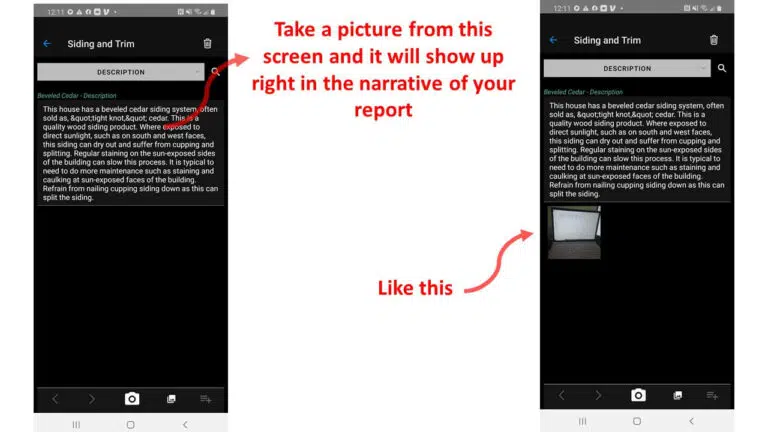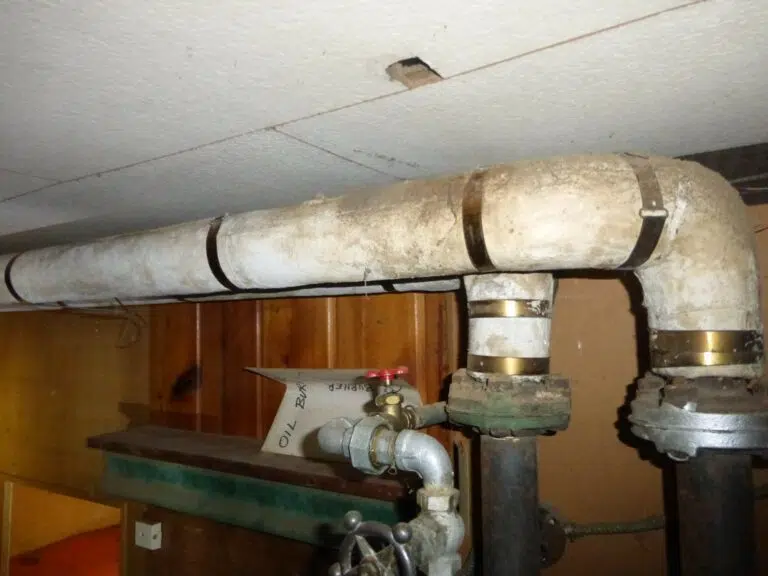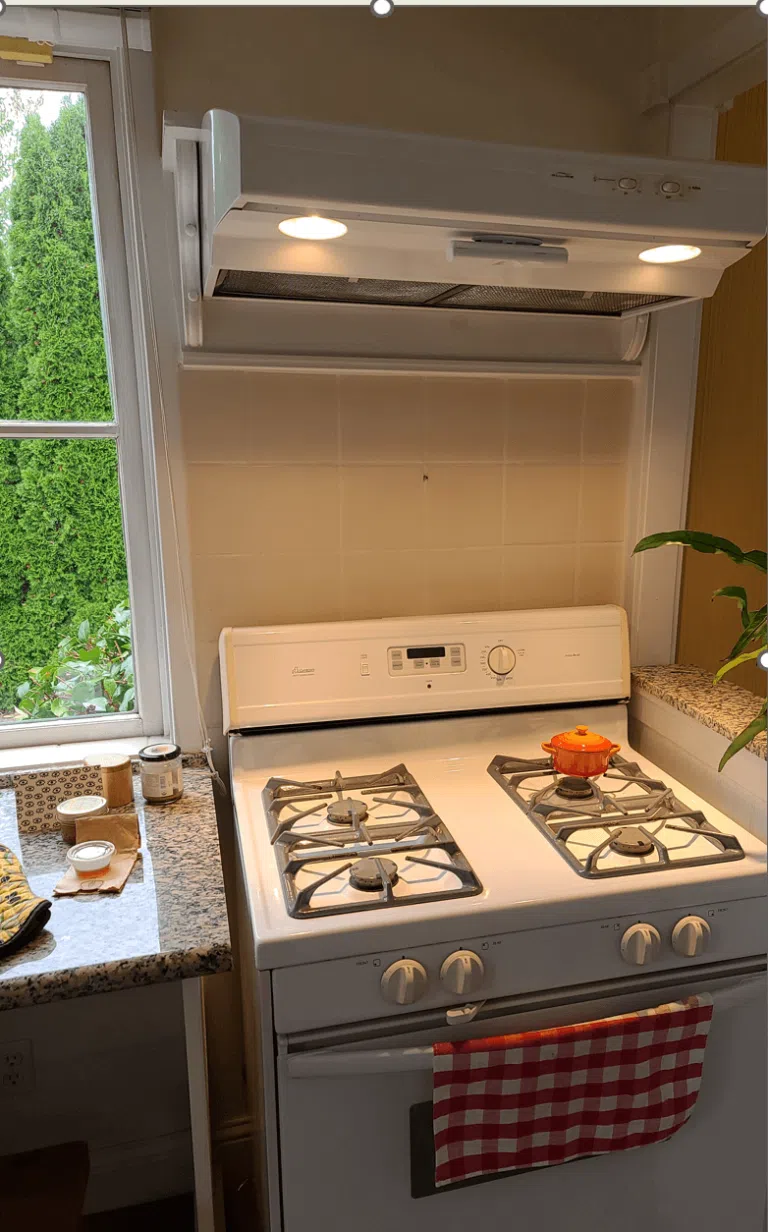The Long Journey
I have been an inspector long enough, that my first home inspection reports were written on those carbonless-copy hand-written forms. My career does not pre-date computers, but it does mark the advent of digital cameras, and the features we find common today in report writing software systems were not even fathomable when I got started.
About a year ago, I showed up at the house of a repeat client in order to do a pre-listing inspection and he proudly presented me with one of these hand-written reports I did for him about 17-years ago. He was a bit taken aback as I nearly knocked him over running out of the house searching for a rock under which to hide.
While there was plenty to be embarrassed about with those old reports, one of the things I remember disliking the most was all of the boilerplate disclaimers that were written into the report. As a new inspector, I was leery of the potential liability I was getting into; they scared you half to death during the initial home inspection training. But while I understood why the disclaimers were present I saw no reason why I should have a disclaimer about stucco for a house I am inspecting that is not sided with stucco. It was embarrassing and I vowed to find a better system for writing home inspection reports as quickly as possible.
Fast-forward 17 or 18 Years and I Have a Better Way to Write Home Inspection Reports
One of the things I like best about my current template is if I start a new report, nothing prints. There is essentially no pre-made boilerplate other than explaining the scope and purpose of a home inspection and a link to my state’s SOP. All of the comments I will make about the building will be specific to what I am inspecting and this includes the minor descriptive comments and the disclaimer type comments. So how does this work?
In this short video, see how, as I fill out my description of the heating system, as soon as I hit, gas forced air furnace, a descriptive narrative pops up. This narrative explains to the client about heat exchangers. It explains that they have one, that heat exchangers are super important to the functioning of the furnace, and that, unfortunately, I can’t see them, so they are excluded from the scope of this inspection.
Better Reports
In this way, I can build all of my limitations of liability into the report so they populate automatically as I fill in the report. The result is a report that is quite literally, written just for my client and just for their house. But because many of the narratives populate automatically, it is fast and efficient.
Lower Liability
By using the Scribeware technique, the boilerplate disclaimer language is still in my reports, but because it is written as descriptive narrative comments, it is not just fine print, it is IN THE REPORT. I consider my educating my client about, for example, a heat exchanger, to be an integral part of my job and not something that should be left for the fine print. So why do many inspection reports have such important information mixed in with a bunch of other fine print stuff that no one will ever read?
The ScribeWare technique produces better reports, happier clients, and lowers your liability more than reams of fine print.
Note on Setting Default Descriptions: If you are working in a state that requires required boilerplate sections in each chapter, they are easy to add. The ScribeWare template can be easily customized, so at the end of the day, you are in full control of what you want to put in your reports. This video shows how you can set default descriptions to automatically show up in every report.







